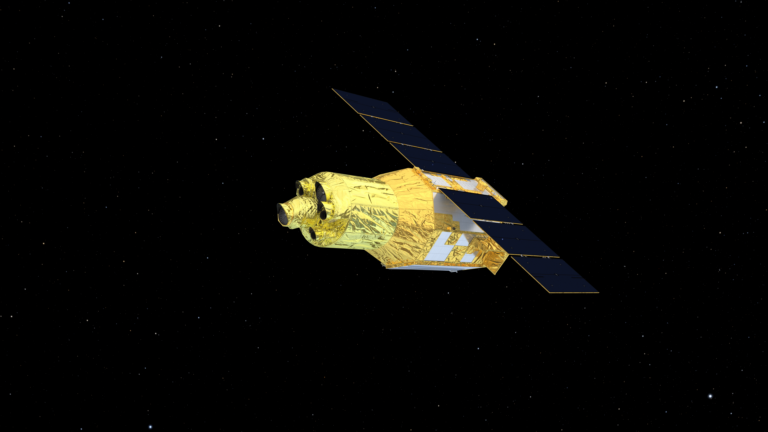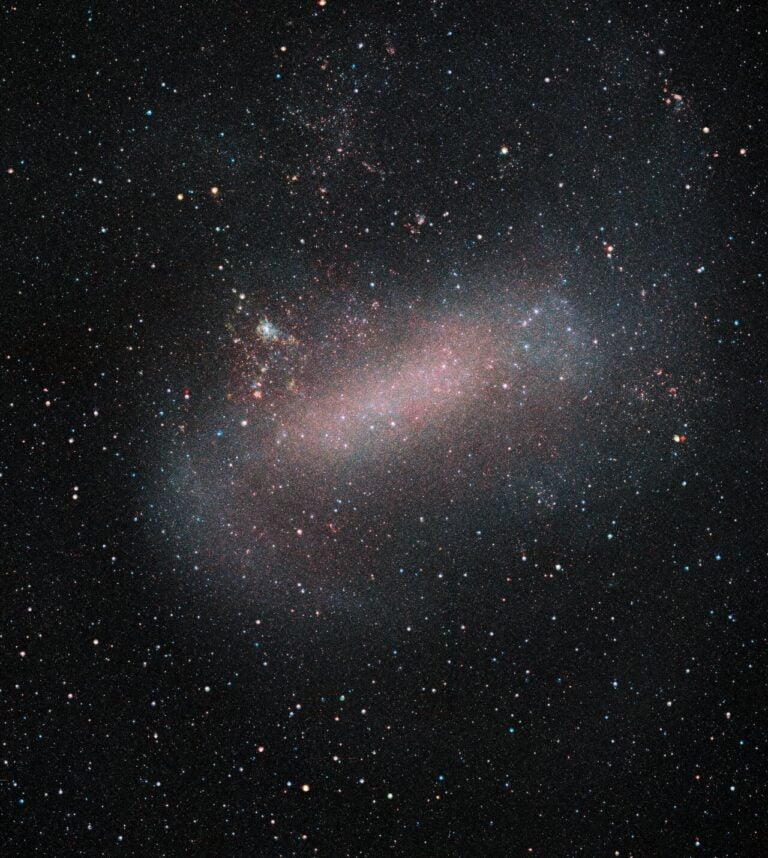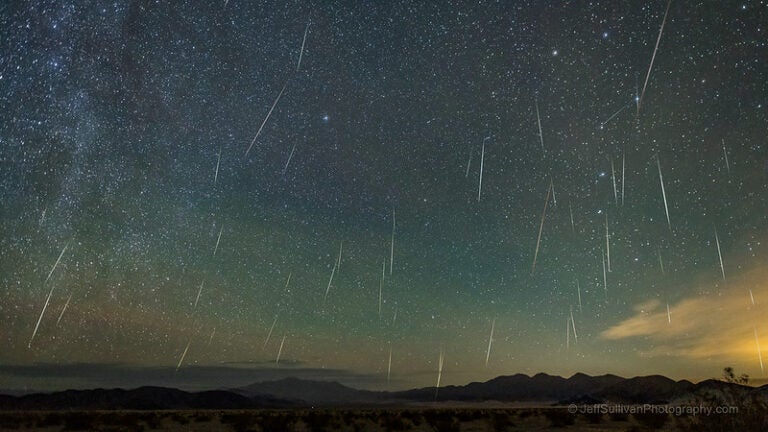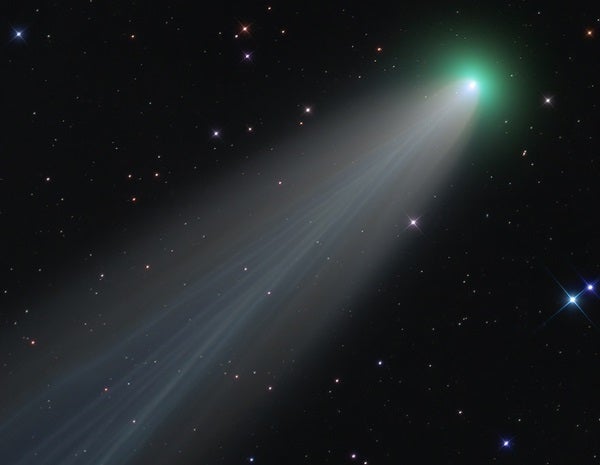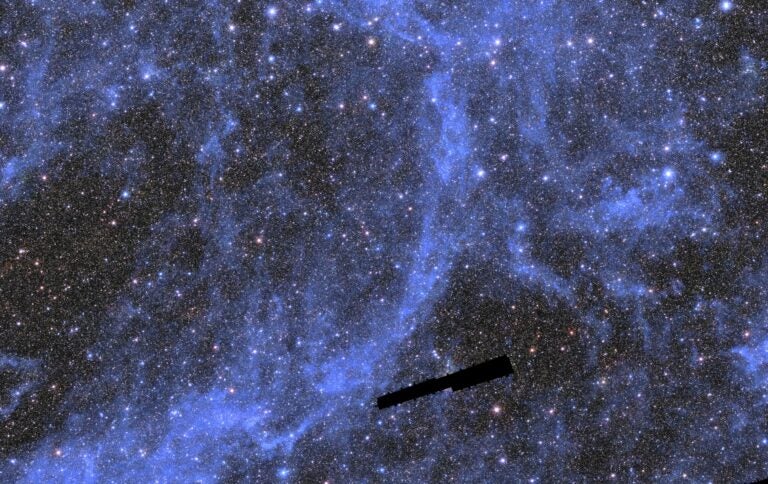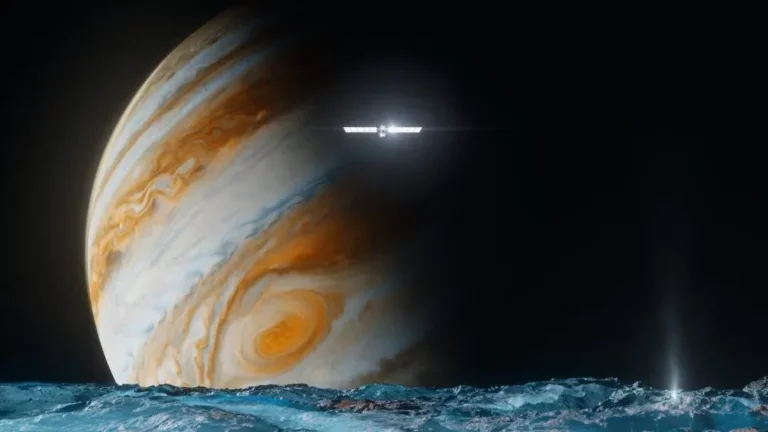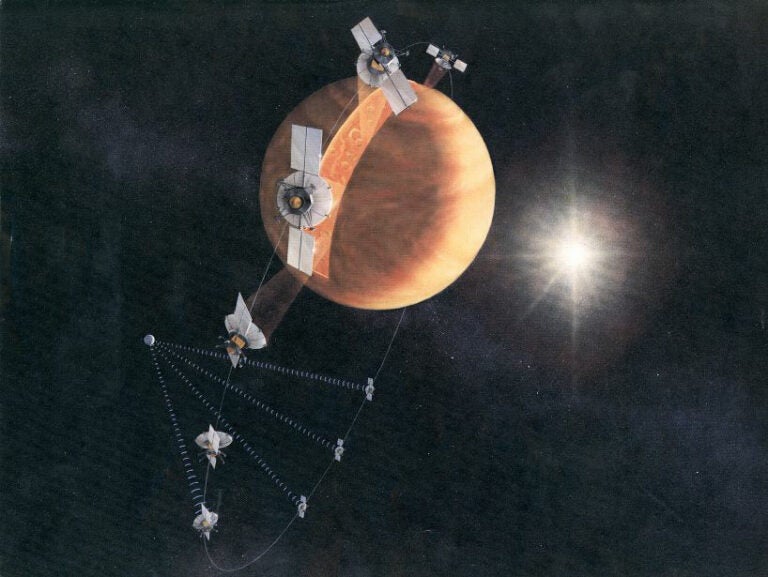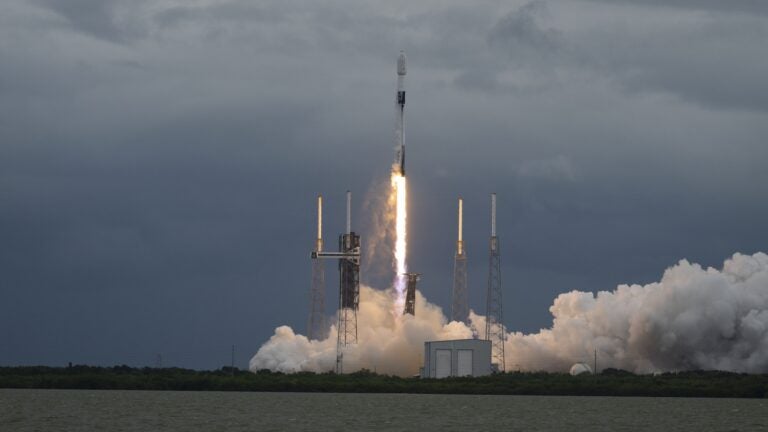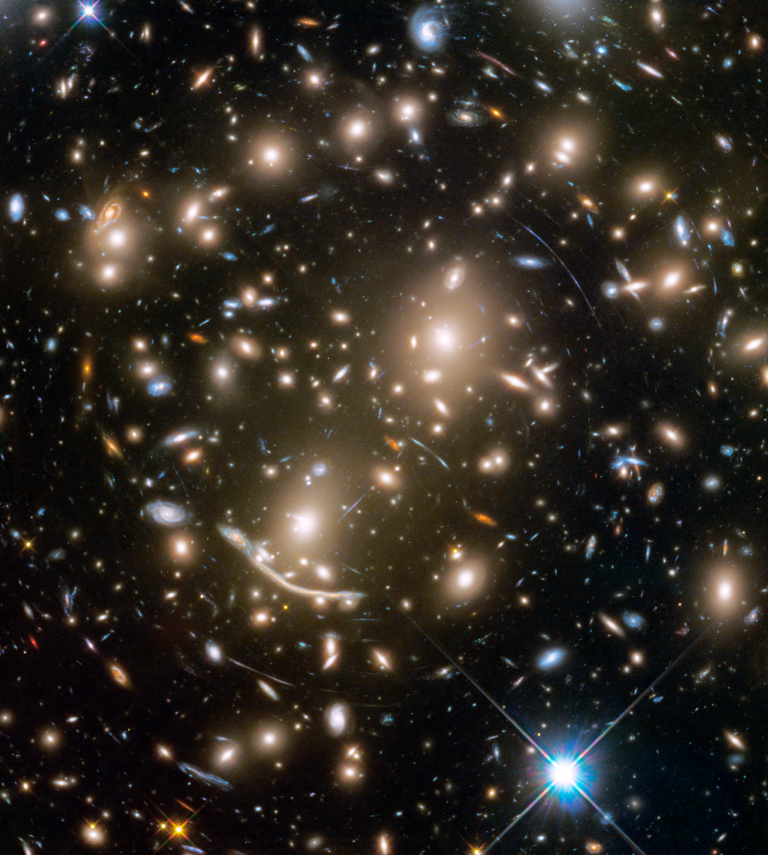When telescopes that can resolve the date stamped on a coin a mile away are bounced up and down, where do you start looking for damage? This is the task scientists, engineers, and technicians have been dealing with since a pair of earthquakes struck Hawaii Sunday, October 15. At magnitudes 6.7 and 6.0, respectively, the quakes were the largest to hit Hawaii in 20 years. While cleanup at Hawaii’s observatories will continue for some time, the telescopes escaped with little damage overall.
Mauna Kea, on the island of Hawaii, is the high-altitude home to 13 observatories operated by more than two-dozen agencies around the world. All of the observatories on the 13,796-foot (4.2 kilometers) summit were finished observing for the night when the temblors shook. Most of the telescopes are headquartered in Hilo, on the eastern side of the island, where there was little damage. However, the Canada-France-Hawaii Telescope (CFHT) and the W. M. Keck Observatory operations are based in Kamuela, west of Mauna Kea, where no ceiling tile or bookshelf was left in place.
The James Clerk Maxwell submillimeter telescope (JCMT) was gathering inclonometry data that involves tracking the exact position of the telescope as it moves along the azimuth track. Data from this run showed angle measurements off the recording paper.
Although there were no broken mirrors or charge-coupled devices (CCDs) at the CHFT, technicians found a smashed encoder — a device that tracks the telescope’s movement to ensure accurate pointing. Christian Veillet, the observatory’s executive director, reported that a new encoder was built within a few days, has been installed, and is working well.
By mid-day Monday, most of the obvious problems had been addressed and technicians could only wait for the weather to clear so telescope pointing and tracking could be assessed. As expected, problems emerged.
Peter Michaud from the Gemini North Telescope explained that once the team corrected for shifting on the scope’s alt-azimuth drive, they discovered some problems with the mechanism that controls the secondary mirror. Repairs to this unit should be completed shortly.
CFHT’s Veillet reported the system was returning good-quality images with the exception of one set of exposures. These images showed obvious star trails, streaks that indicate tracking problems. Inspection showed a nick on the right ascension drive where the encoder had impacted it. This bump caused the encoder to misread the telescope’s location. Until the problem can be fixed mechanically, astronomers will avoid the problem spot.
It appears the most earthquake-hardy instruments on Mauna Kea are the smaller optical telescopes operated by the University of Hawaii and the Very Long Baseline Antenna (VLBA). The latter was able to punch through the cloudy weather and confirm its full operating status early Monday.


